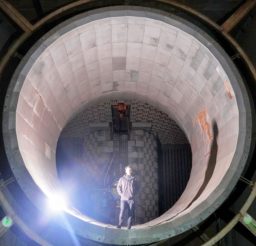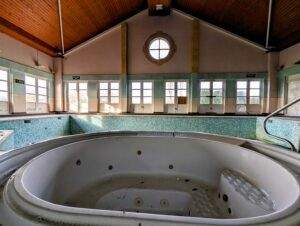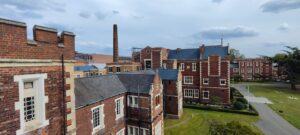Abandoned Essex: Kelvedon Hatch Nuclear Bunker | Urbex
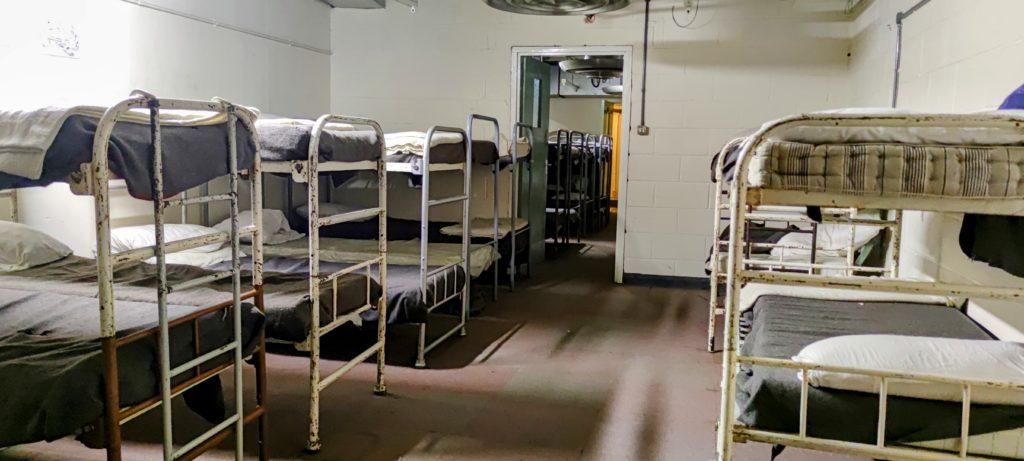
At the time of it’s construction in 1952 up until its decommissioning in 1992, the threat of a nuclear attack in the UK was very real. In the event of outbreak of nuclear war, this would have been the home of the UK government. The three level bunker could hold up to 600 people, with medical rooms, broadcasting capabilities and areas for different sections of government whose task would be to organise the survival of the population and the continuation of government operations.
We’ve also explored a Nuclear Bunker on the other side of the Iron Curtain, in Kiev- click here to read more.
The bunker was built in 1952 as part of the ROTOR air defence RADAR system, which was put in place to combat the threat from Soviet bombers. Kelvedon Hatch was built on compulsory-purchased farmland. Its purpose was to provide command and control of the London Sector of Fighter Command. As the Cold War progressed and technology improved, the ROTOR system was replaced by MEW (Microwave Early Warning) System. This had an improved range and accuracy and meant that ROTOR stations such as Kelvedon Hatch became redundant.
Cold War Government Bunker
Many ROTOR Stations were simply shut down, however due to its proximity to London, Kelvedon Hatch gained a new lease of life as the regional Government bunker for the capital in the 1960s. To meet the demands that came with this new purpose, improvements were made to create an environment for 600 people to survive and work underground for up to three months in the event of a nuclear attack. These improvements cost over £10,000,000. The bunker had air-conditioning, its own water supply and generators, an operating theatre and even a BBC Emergency Broadcasting studio.
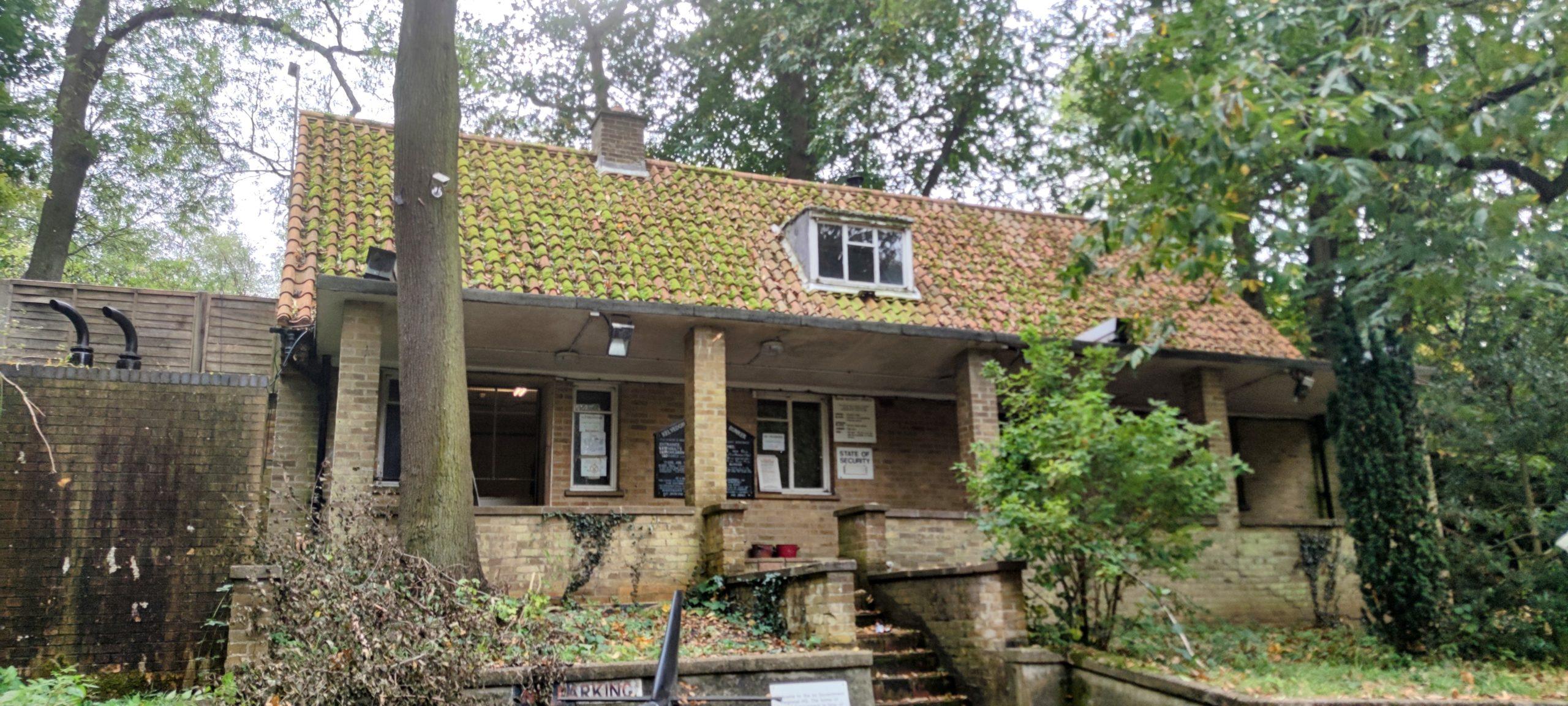
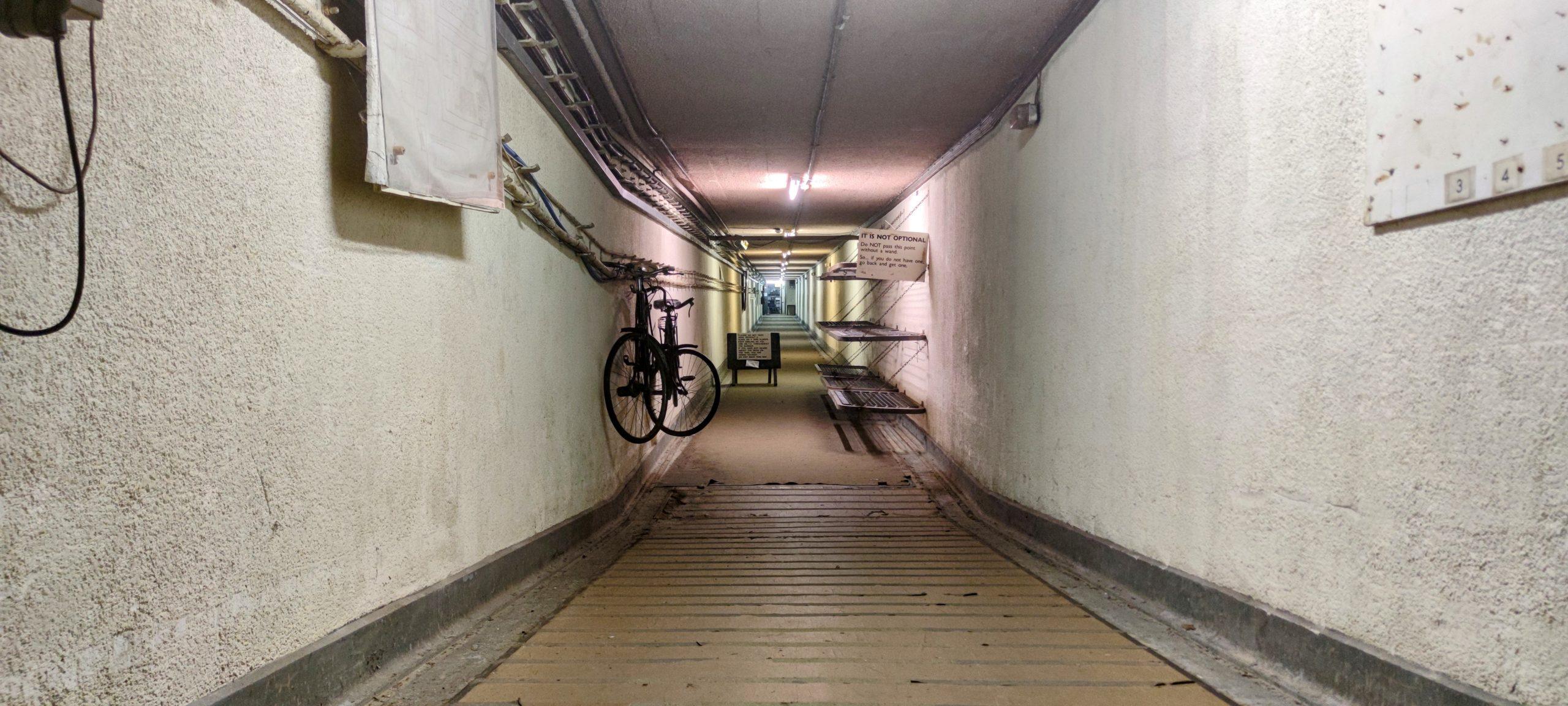
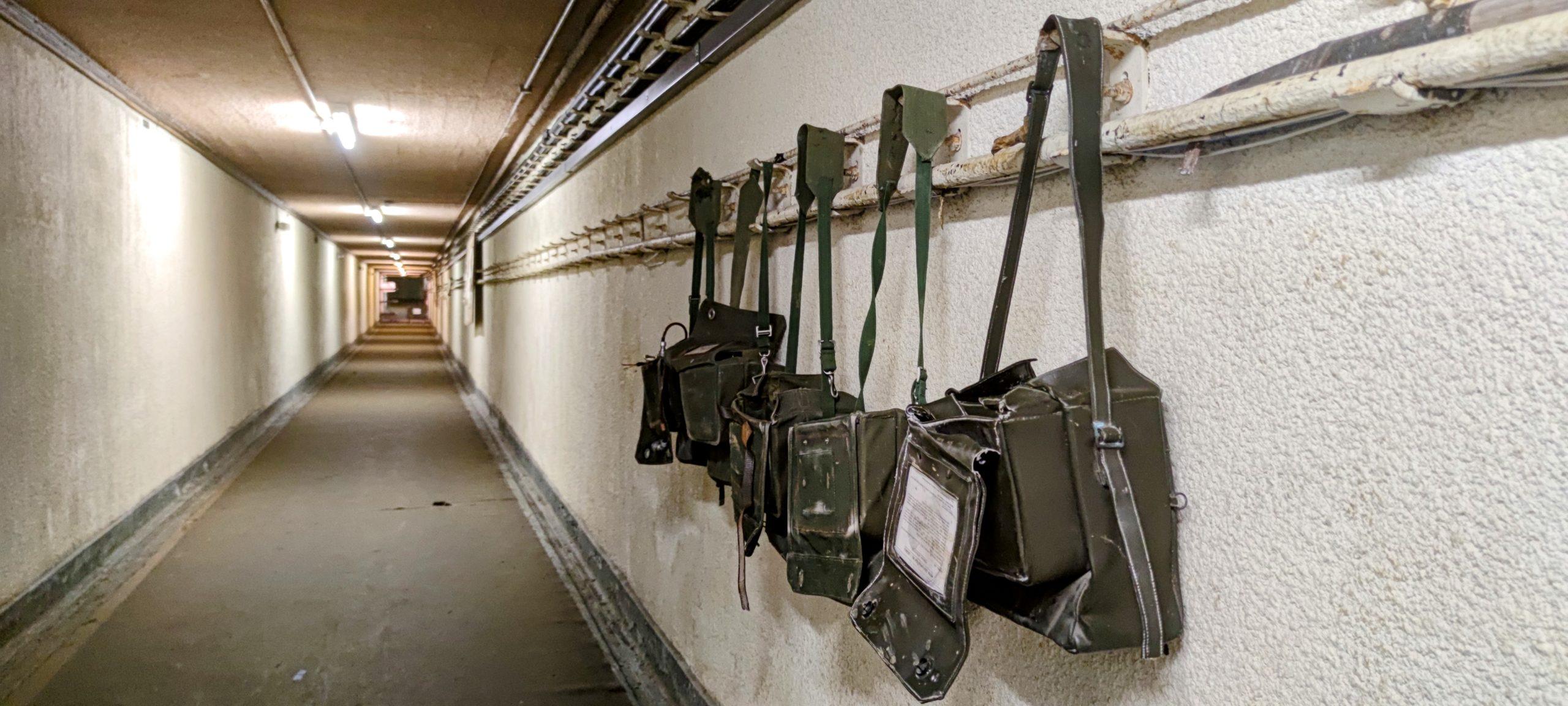


The bunker is 38 metres (125 feet) underground with its entrance a normal-looking bungalow hidden amongst trees. Inside the bungalow is a 91 metre tunnel which leads into the bunker at its third (lowest) level. At the end of the tunnel, around a corner to help deflect a nuclear blast, are immense steel blast doors.
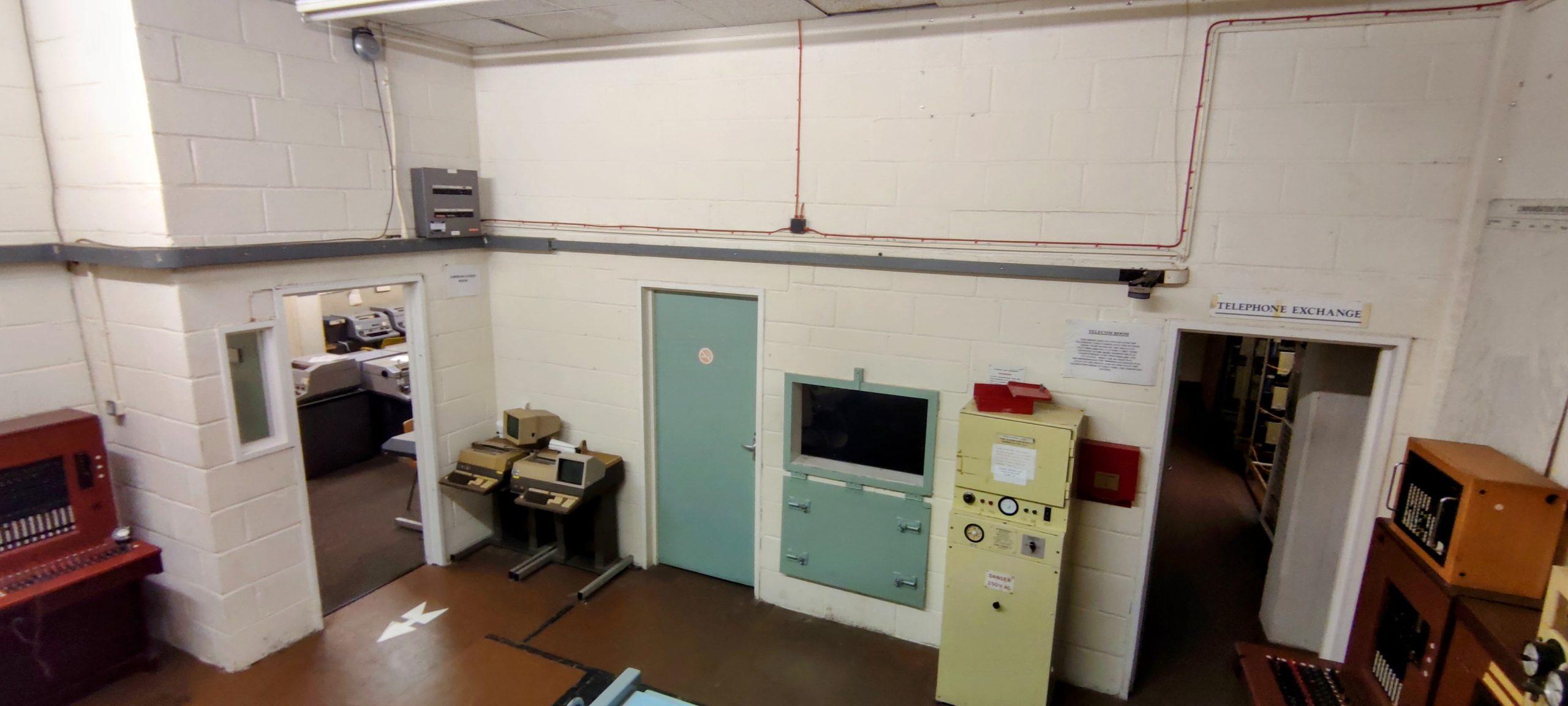

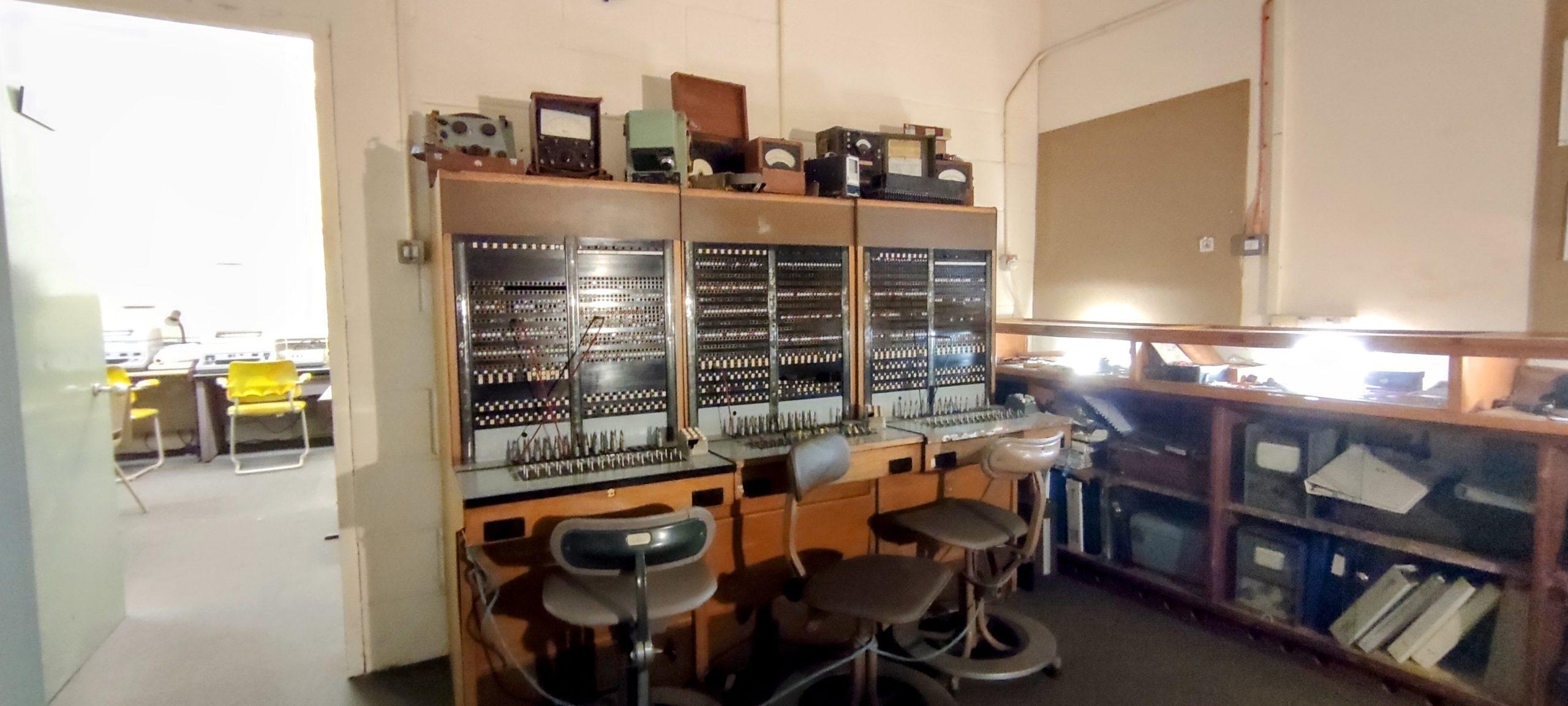

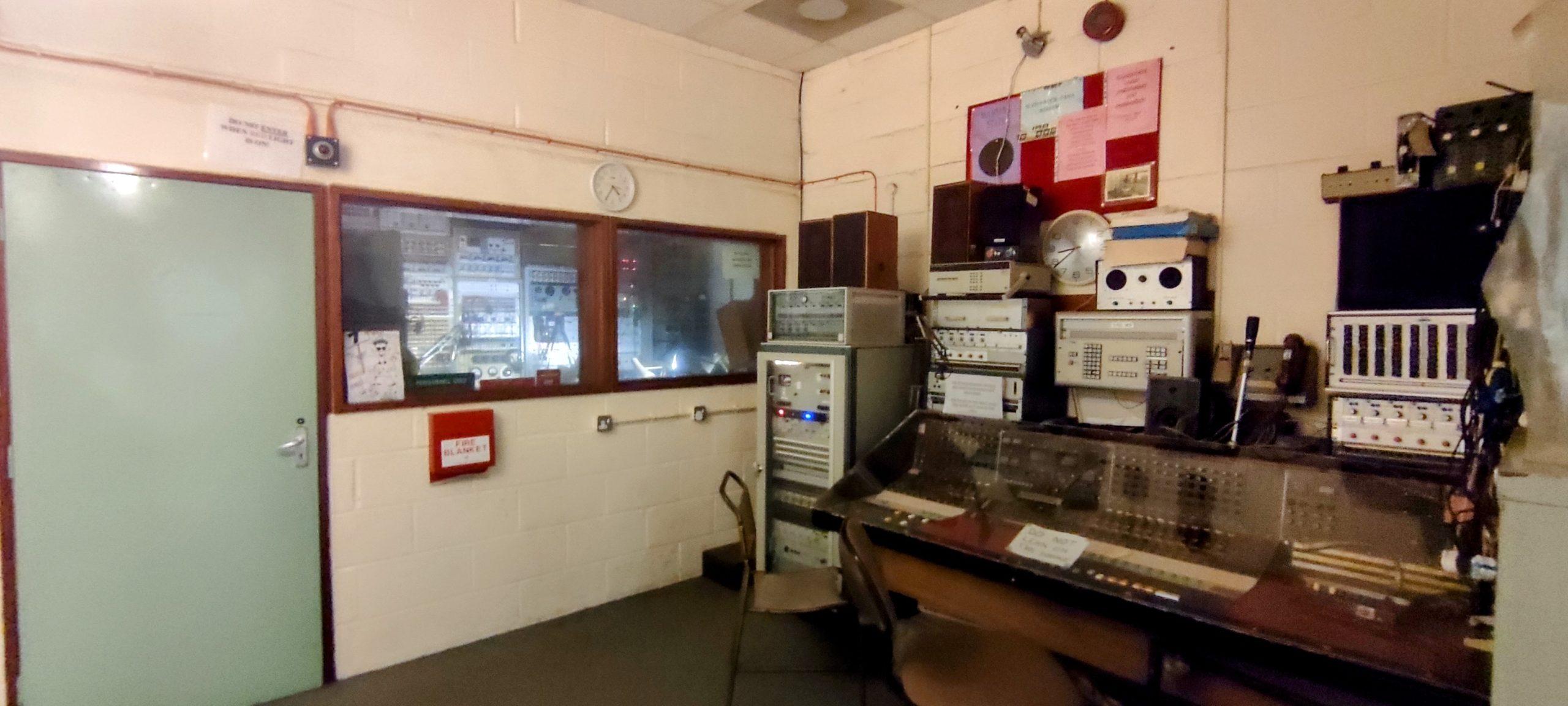

If WWIII was to break out, this bunker would have been an important command centre; the base from which central government would monitor nuclear fallout, broadcast emergency messages to the nation, and plan the re-building of society.
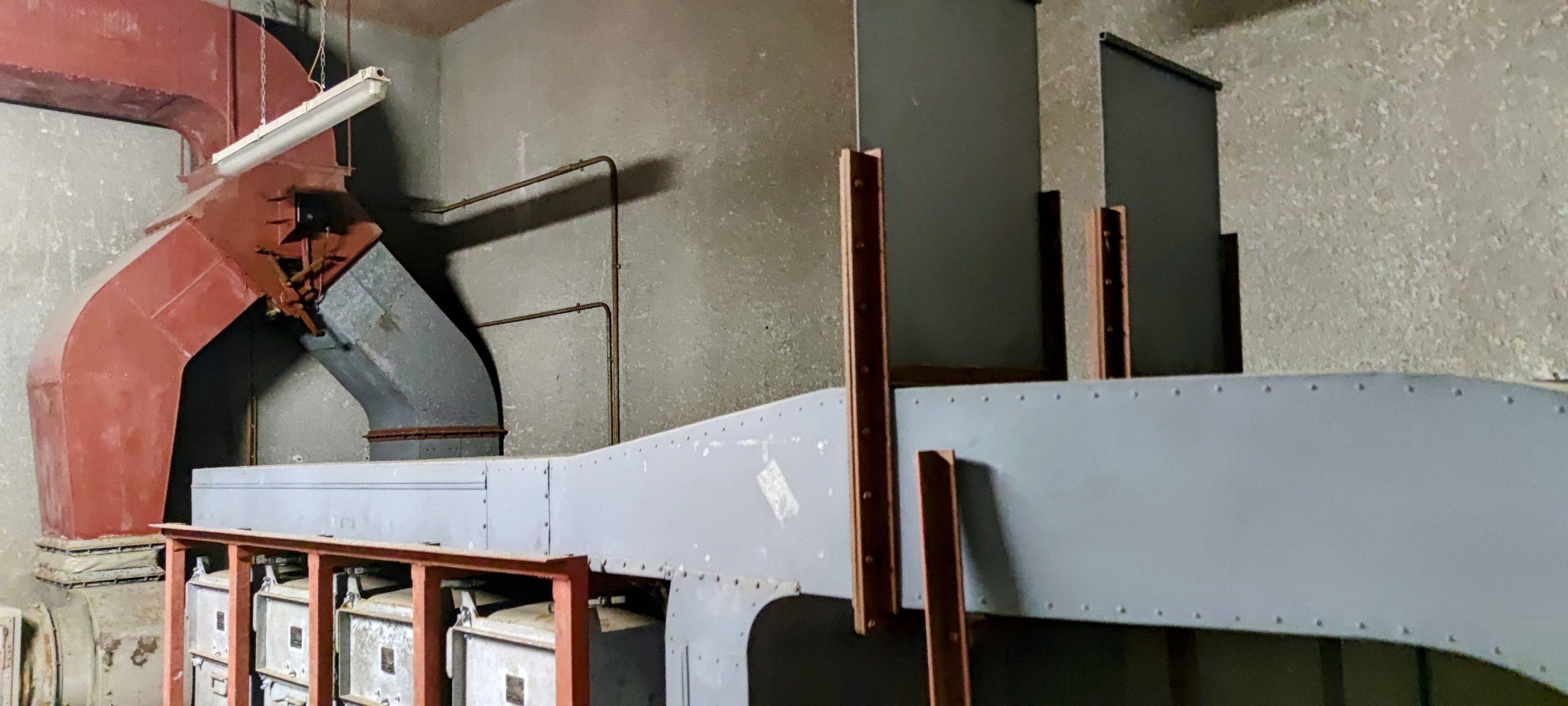

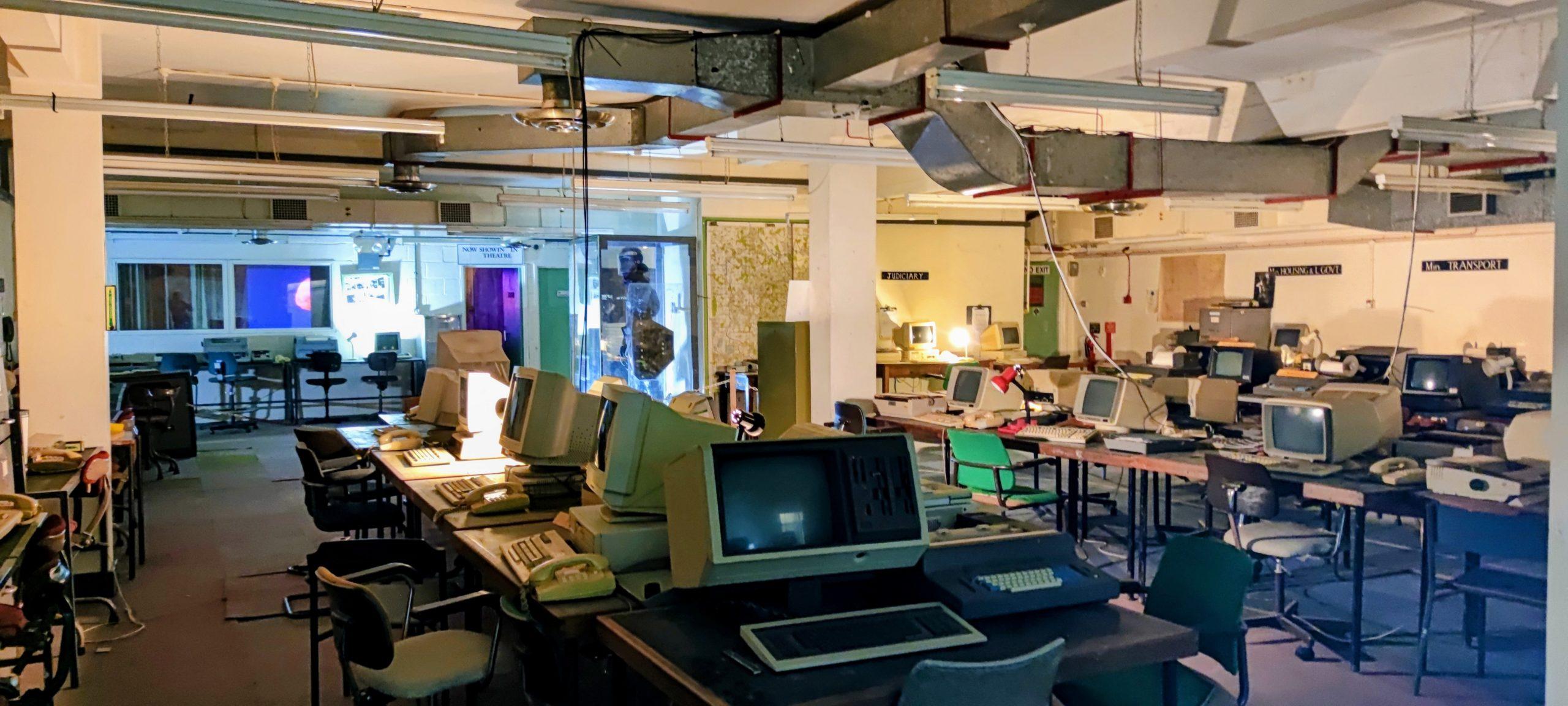

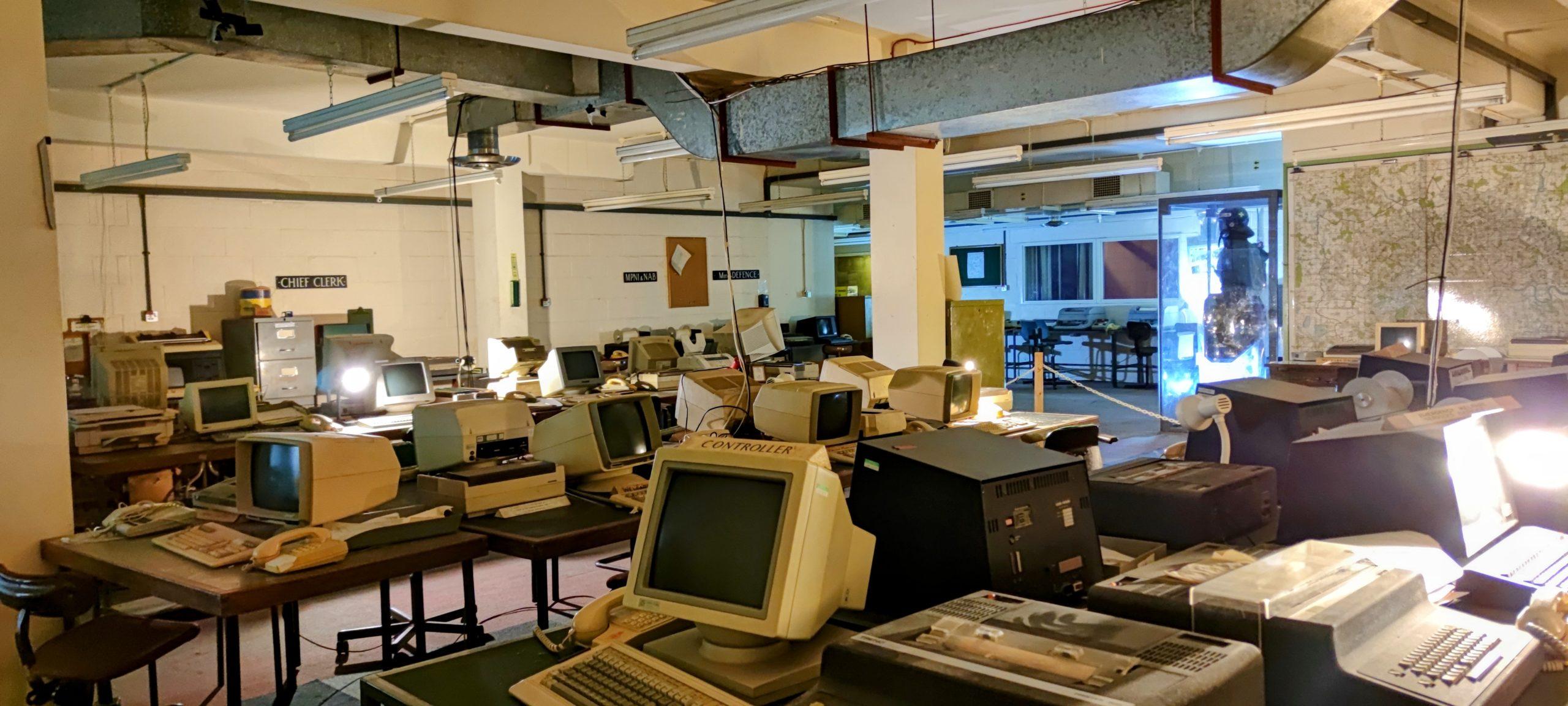
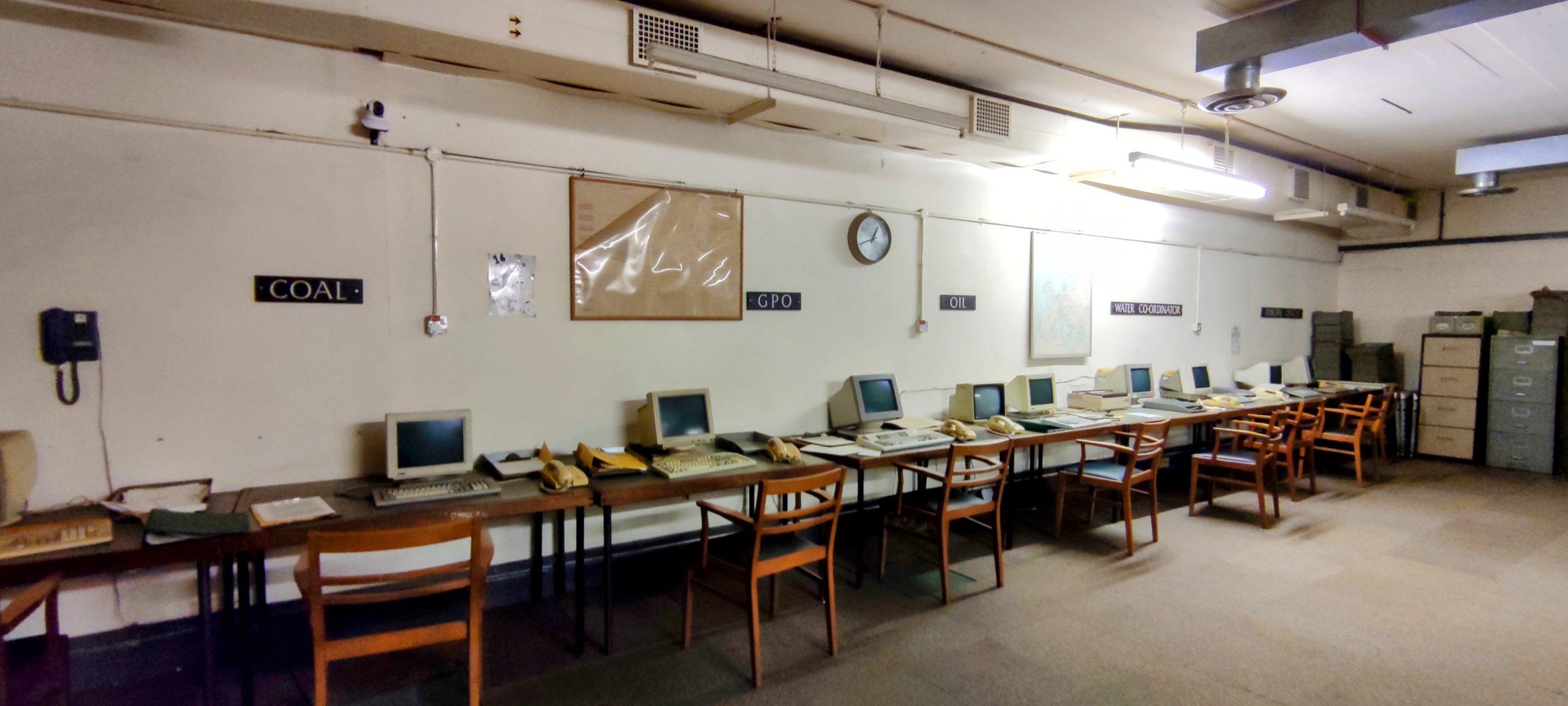
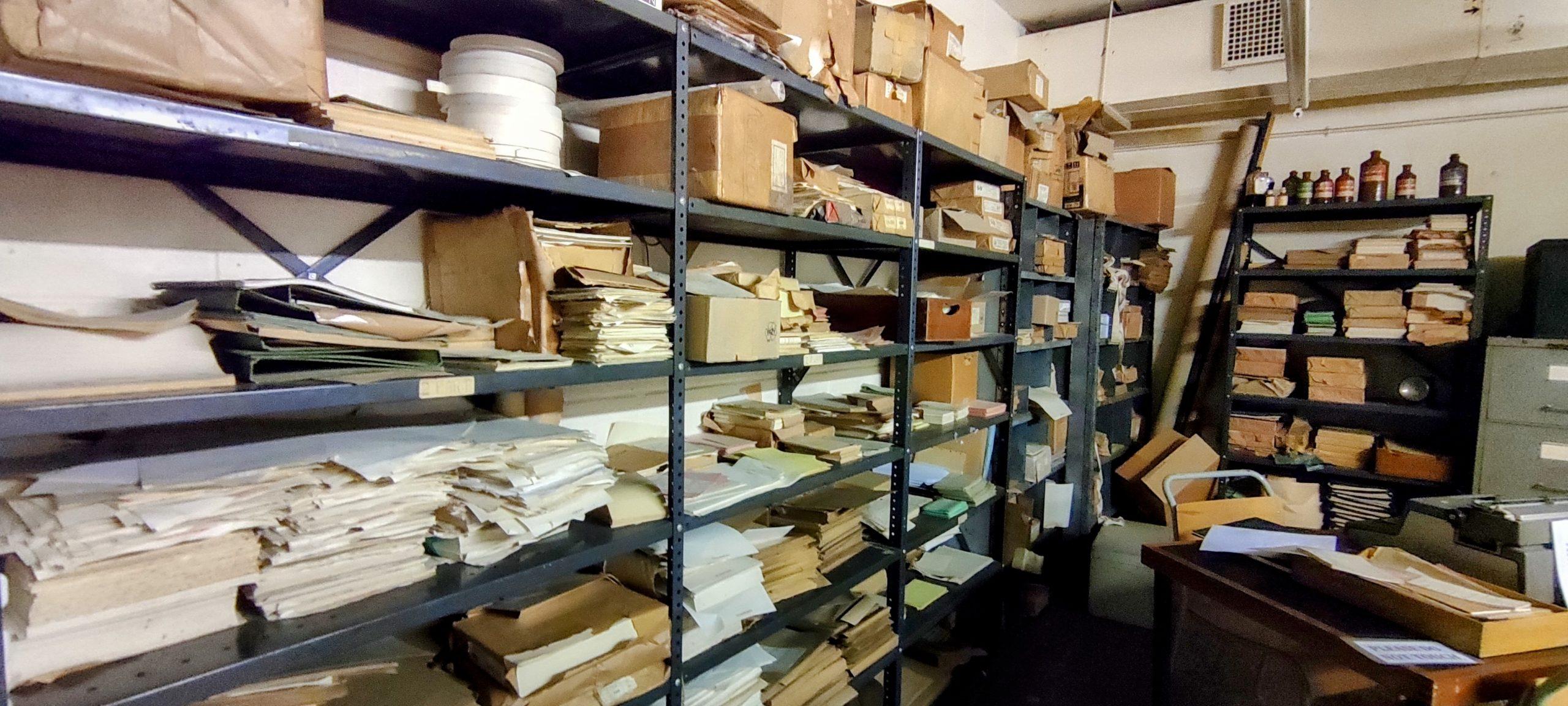
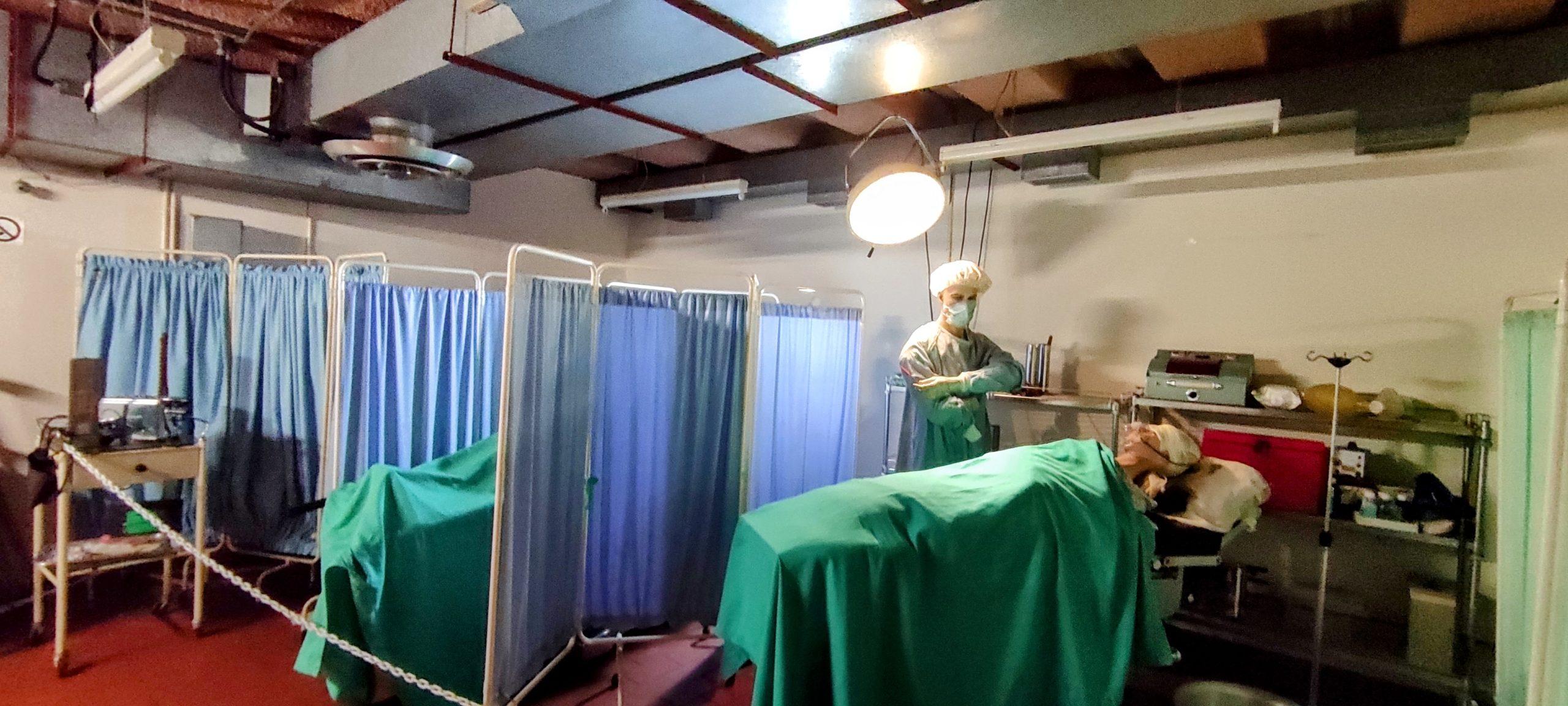
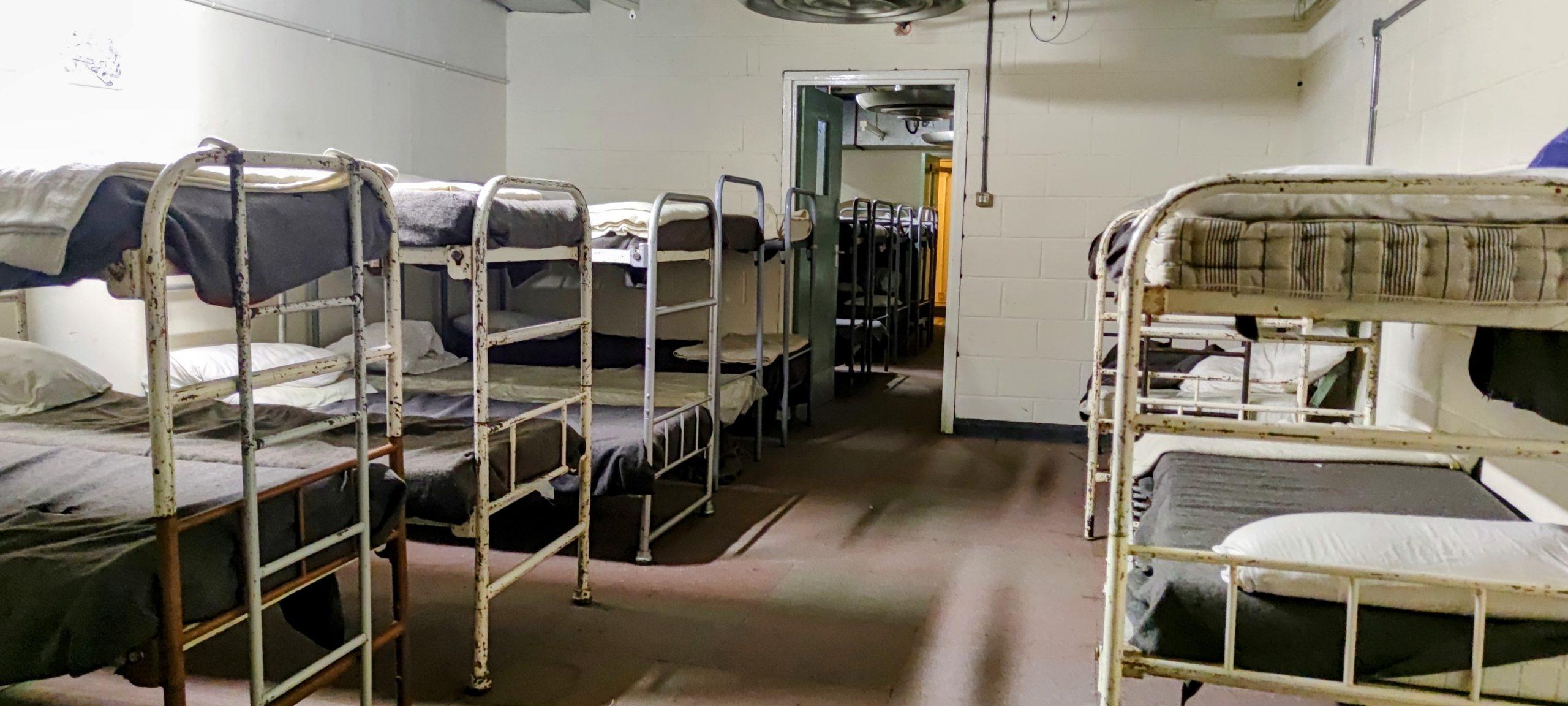
The Secret Cold War Bunker Today
Today, as you drive through the Essex countryside, road signs somewhat amusingly point you in the direction of this “Secret Nuclear Bunker.” As the threat of Nuclear War dissipated, the bunker was decommissioned in 1992, and the site was sold back to its original owners. It is now a museum, which you can visit for the modest fee of £10. Though the museum is slightly shabby, it makes for a unique afternoon out. The location has also featured in various TV programmes, including Top Gear, The Murder Game and New Tricks.
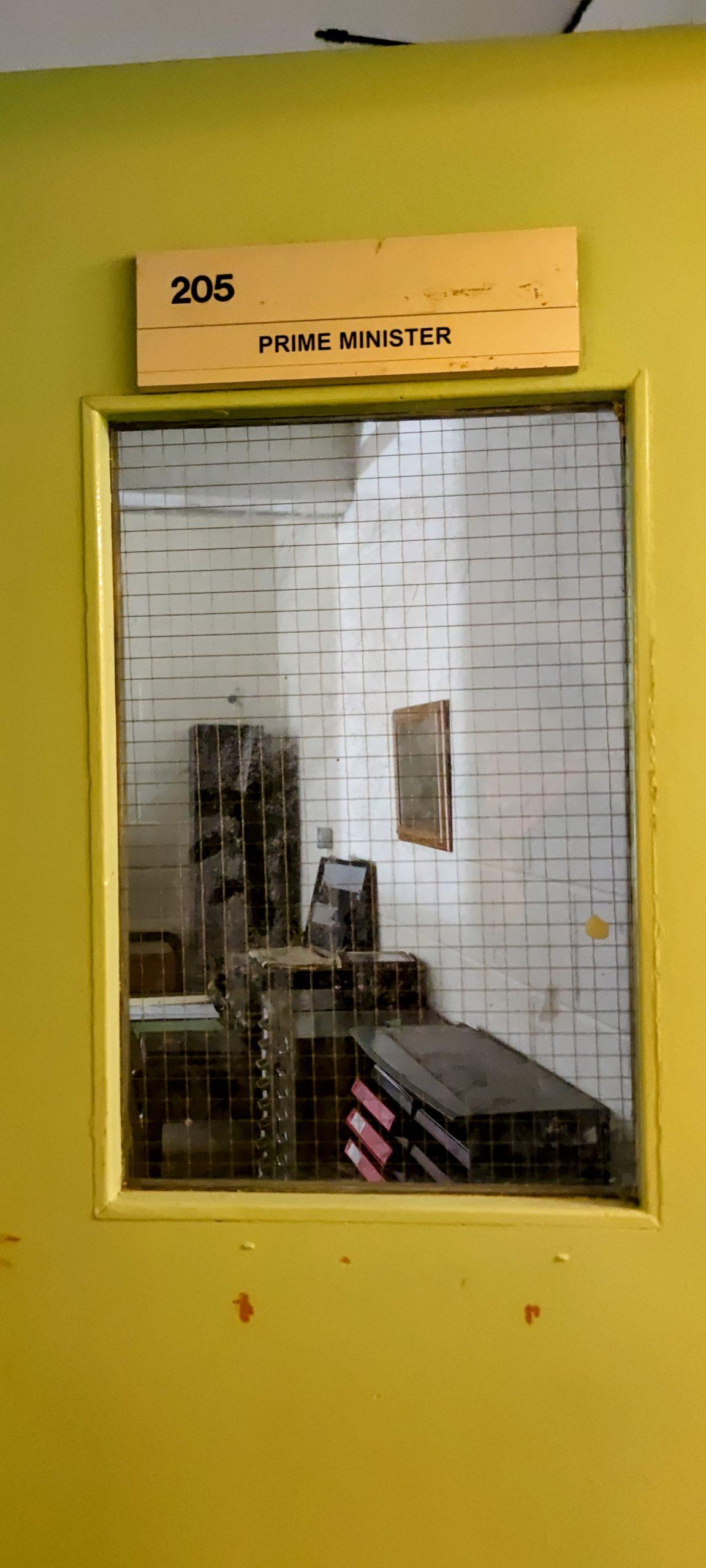
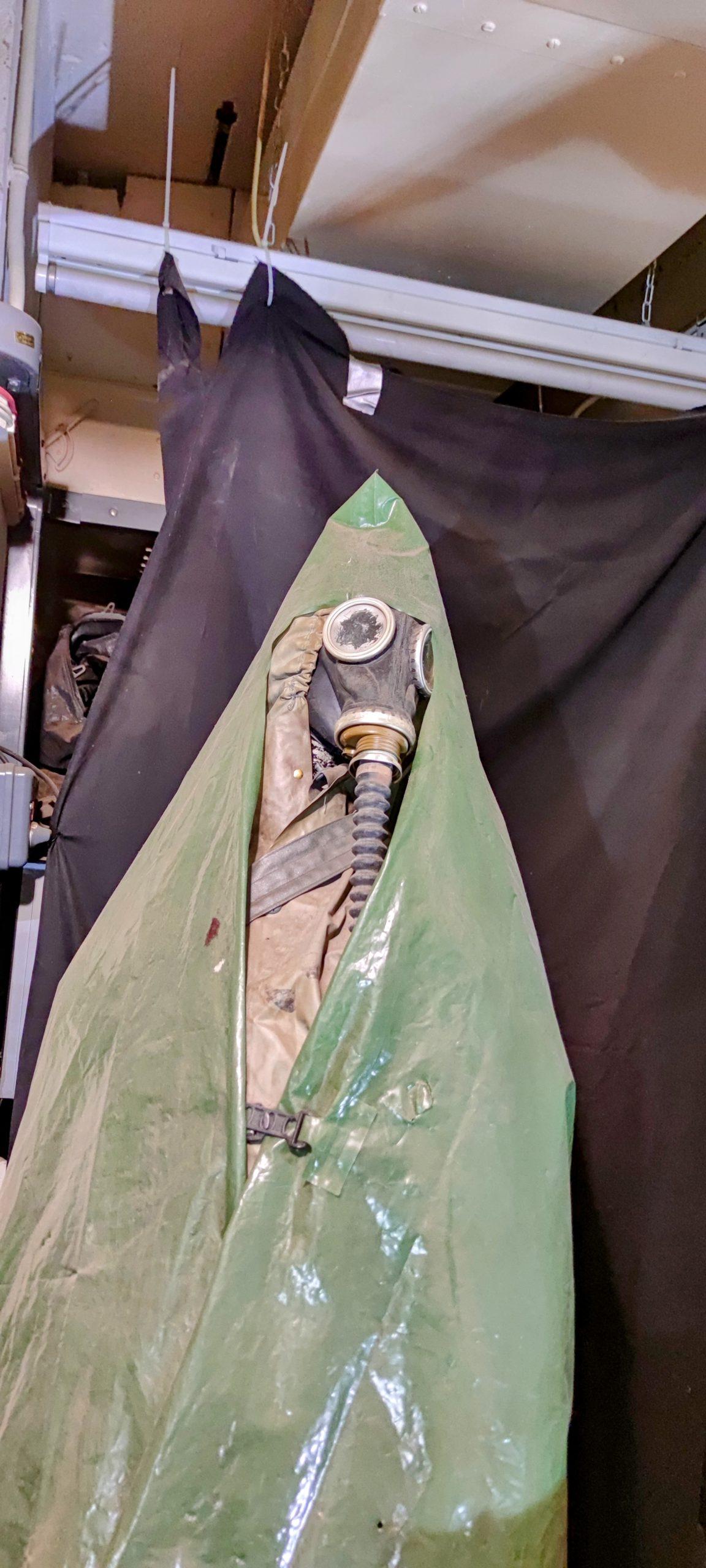
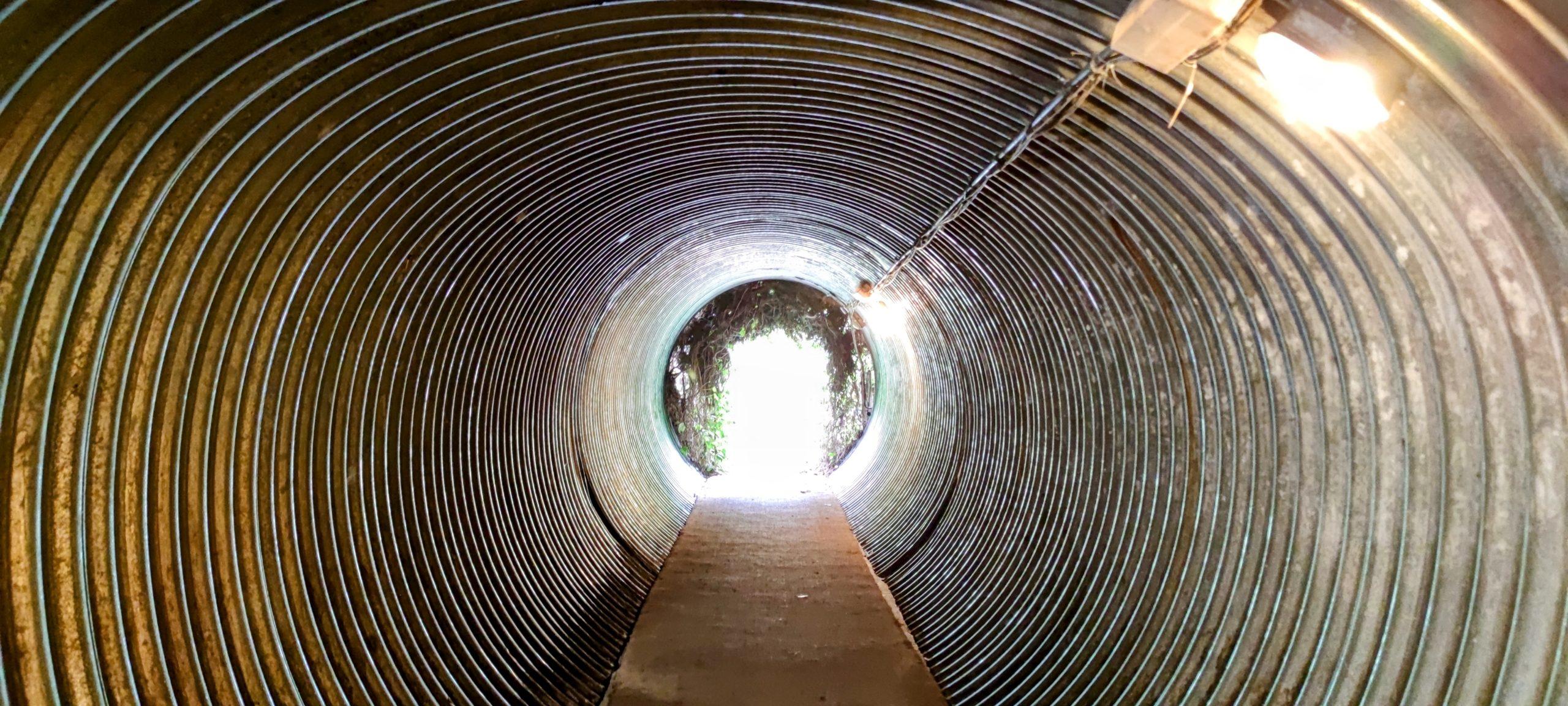
Last Updated on 19 December 2024 by Michael

